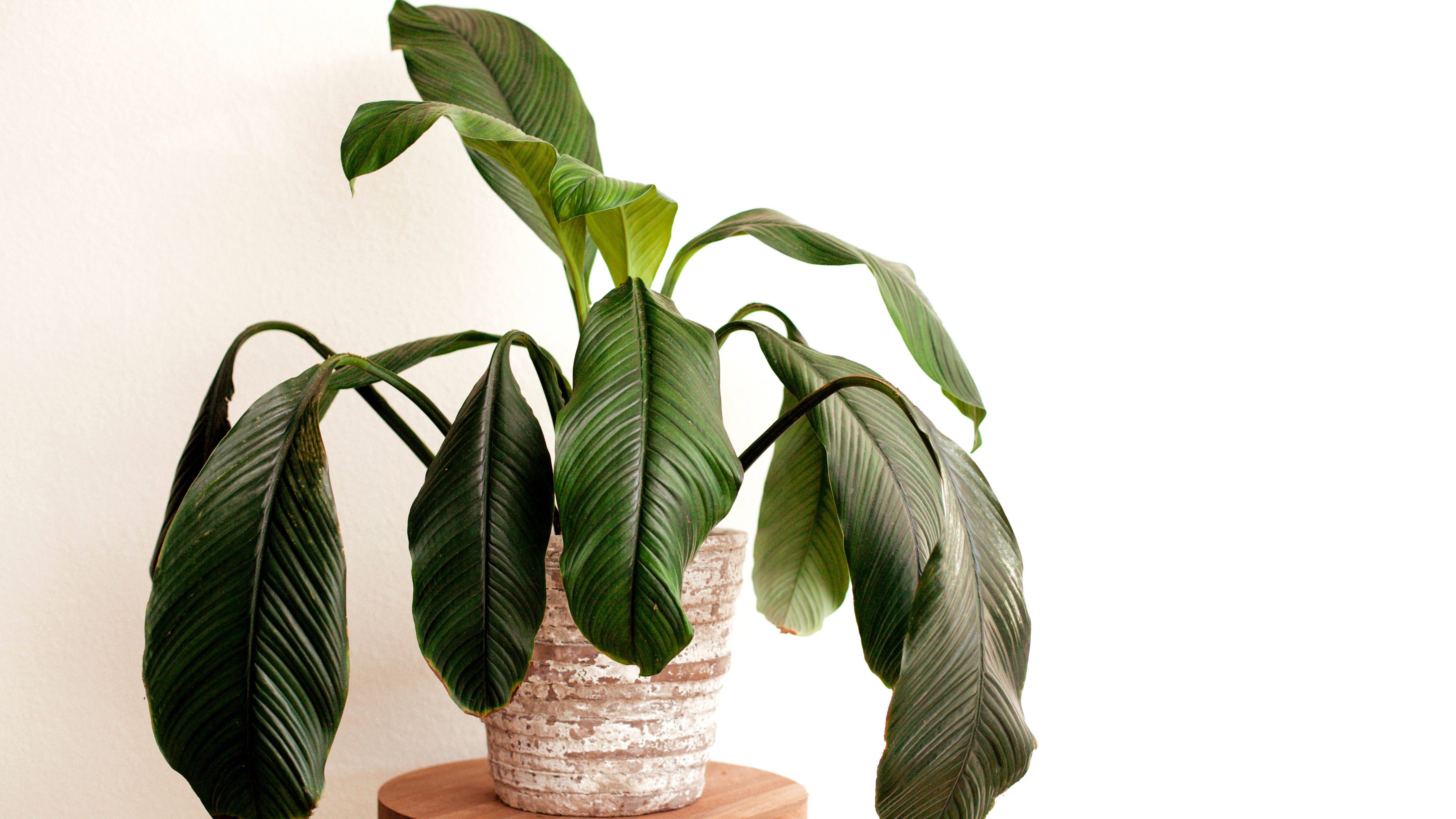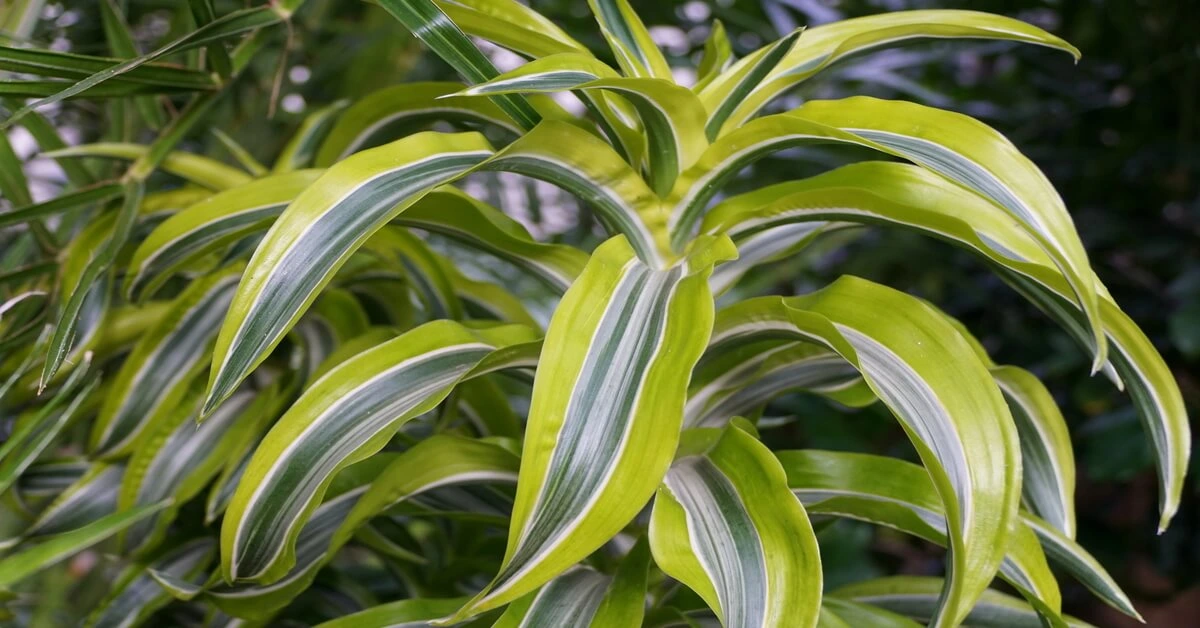My corn plant is dying, and I’m at my wit’s end. This once-thriving plant is now wilting and yellowing, and I’m afraid it’s only a matter of time before it succumbs to its fate. But I’m not giving up without a fight. I’m determined to find out what’s causing my corn plant to die and to do everything I can to save it.
In this article, I’ll share everything I’ve learned about corn plant death, from the common causes to the most effective treatments. I’ll also provide tips on how to prevent your corn plants from dying in the future.
Identify Potential Causes

Corn plants can succumb to various factors, ranging from environmental stresses to pest infestations and diseases. Understanding the underlying cause is crucial for implementing effective remedies.
Environmental factors can significantly impact corn health. Extreme temperatures, such as heat or cold stress, can cause leaf wilting, stunted growth, and premature plant death. Insufficient or excessive moisture can also lead to plant decline. Drought conditions can cause wilting, while waterlogged soil can promote root rot and fungal infections.
Pests
Corn plants are susceptible to a range of pests that can cause damage to leaves, stems, and roots. Aphids, for instance, are small, sap-sucking insects that can transmit viruses and weaken plants. Corn earworms, as their name suggests, target ears, feeding on kernels and causing significant yield loss. Rootworms, on the other hand, feed on corn roots, impairing nutrient uptake and weakening the plant’s overall health.
Diseases
Corn plants are also prone to various diseases that can cause severe damage and even plant death. Common diseases include:
- Northern corn leaf blight: Characterized by elongated, tan lesions on leaves, leading to premature leaf death and reduced yield.
- Southern corn leaf blight: Similar to northern corn leaf blight, but lesions are smaller and more oval-shaped.
- Gray leaf spot: Causes irregular, tan or gray lesions on leaves, reducing photosynthesis and plant vigor.
- Stalk rot: Affects the stalk of the corn plant, causing it to weaken and break, leading to lodging and yield loss.
- Fusarium ear rot: A fungal infection that affects corn ears, causing them to rot and become unusable.
Identifying the specific cause of corn plant death requires careful observation of symptoms and consideration of environmental conditions. A combination of factors may also contribute to plant decline, making diagnosis challenging. Consulting with agricultural experts or using diagnostic tools can help determine the underlying cause and guide appropriate management strategies.
Explore Environmental Factors: My Corn Plant Is Dying

Corn plants thrive under specific environmental conditions, including sunlight, temperature, and soil quality. Deviations from these optimal ranges can lead to plant stress and reduced growth.
Extreme temperatures, whether too high or too low, can damage corn plants. High temperatures can cause wilting, leaf scorch, and reduced pollination, while cold temperatures can inhibit growth and increase susceptibility to pests and diseases.
Sunlight
Corn plants require ample sunlight for photosynthesis, the process by which they convert light energy into chemical energy. Insufficient sunlight can lead to stunted growth, weak stems, and poor grain production.
Ideal sunlight exposure for corn plants is 6-8 hours per day. Providing adequate sunlight can be achieved by planting corn in a location with minimal shading from trees or other structures.
Temperature
Corn plants prefer warm temperatures for optimal growth and development. The ideal temperature range for corn is between 60-86°F (16-30°C). Temperatures below 50°F (10°C) can slow growth and development, while temperatures above 95°F (35°C) can cause heat stress.
To mitigate temperature extremes, consider planting corn during the appropriate season, providing shade during hot weather, and using mulch to regulate soil temperature.
Soil Quality, My corn plant is dying
Corn plants require well-drained, fertile soil with a pH between 6.0 and 6.8. Poor soil quality, such as compacted soil or soil with low nutrient content, can hinder root development and nutrient uptake.
Improving soil quality can be achieved by adding organic matter, such as compost or manure, to the soil. Additionally, regular soil testing can help identify nutrient deficiencies and guide fertilization practices.
Examine Pests and Diseases

Corn plants are susceptible to various pests and diseases that can affect their growth, yield, and overall health. Understanding these threats and implementing effective control measures are crucial for maintaining healthy corn crops.
Pests
Common pests that infest corn plants include:
- Aphids: Small, soft-bodied insects that suck sap from leaves, causing stunted growth and yellowing.
- Corn earworms: Caterpillars that feed on corn ears, damaging kernels and reducing yield.
- Rootworms: Larvae that feed on corn roots, weakening plants and reducing nutrient uptake.
Control methods for pests include:
- Biological control: Introducing natural predators, such as ladybugs or parasitic wasps.
- Chemical control: Using pesticides to kill pests directly.
- Cultural practices: Crop rotation, planting resistant varieties, and proper weed management.
Diseases
Common diseases that affect corn plants include:
- Leaf blight: A fungal disease that causes brown or yellow spots on leaves, reducing photosynthesis.
- Smut: A fungal disease that forms large, dark galls on leaves or ears, affecting yield and quality.
- Stalk rot: A fungal disease that weakens corn stalks, causing lodging and reducing yield.
Disease management strategies include:
- Using disease-resistant varieties.
- Crop rotation to prevent disease buildup.
- Proper drainage to reduce moisture levels that favor disease development.
- Fungicides to control fungal diseases.